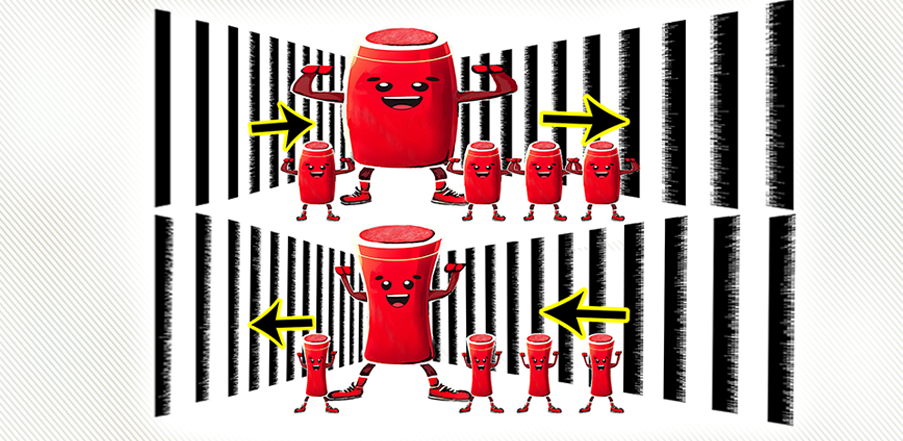A Deakin University study has unlocked the secret to executing the perfect handball just in time for the 2024 AFL season.
Dr Lyndell Bruce of Deakin’s School of Exercise and Nutrition Sciences – the world’s top sports science school – said three key elements predict with 87.7% accuracy a successful handball outcome.
These were the type of pressure experienced by the handballer, the type of pressure experienced by the handball receiver and the posture of the handballer.
Applied correctly, Dr Bruce said the findings could prove invaluable for AFL coaches and the broader football community.
This was because handballs represented between 40-50% of all disposals, meaning a match outcome could be impacted if a team’s offensive and defensive handball techniques were altered.
‘Historically, less research has been conducted on the most effective way to handball. Much more research has instead been focused on kicking performance,’ Dr Bruce said.
‘We found the lowest level of handball effectiveness is when the type of pressure on the handballer is physical, but when the pressure is open, such as when the player in possession of the ball is not being pressured or pursued by a defender, this is when handball effectiveness is highest.
‘In some situations, there are not enough defenders available to apply physical pressure to the handballer and all the potential receivers of the handball. On these occasions, our results indicate the next-best strategy is to maintain physical pressure on the handball receiver but use open or implied pressure on the handballer.’
The findings also confirmed handball efficiency was best when a player was standing. This meant if a player gained possession on the ground, they should wherever possible rise to their feet before attempting to handball.
Characteristics identified by the research that did not impact handball outcome included the duration of possession of the handball, the hand a player used to handball, the direction of the handball, field positioning and player outnumbering.
Data from 1342 handballs from a series of AFL matches in the 2019 season was analysed for the study.
Dr Bruce said understanding the most common contexts in which handballs occur, including when they were the most and least effective, allowed coaches to tweak their training accordingly.
This research was supported by Deakin’s Centre for Sport Research within the Institute for Physical Activity and Nutrition.
The study, Factors that affect handball execution in Australian Football, was published last month in the Journal of Sport Sciences. Read the full report here.






.jpg?sfvrsn=97edde42_5)